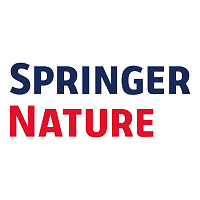PURPOSE: Our primary objective was to investigate the time to radiological union following linked nail-plate fixation of distal femur "fragility" fractures. Secondary objectives were to evaluate all-cause reoperations, 90-day mortality, rate of blood transfusion and the impact on quality of life.METHODS: In this retrospective study of all adults (≥65years) with native or periprosthetic distal femur fragility fractures, underwent a linked nail-plate fixation, data were retrieved on fracture classifications, clinical frailty score, blood transfusion, length of hospital stay, 90-day mortality, time to radiological union, overall complication rates and EuroQoL-5D.RESULTS: In total, 18 out of 23 patients completed sequential follow-up. Radiological union was observed in 14 patients (median 143days; range 42-414). Three patients underwent reoperations. There were no implant failures or a subsequent periprosthetic fractures. Ninety-day mortality was 17.4%. Eighteen patients required blood transfusion. The QoL was significantly lower after index surgery (0.875 vs. 0.684; p<0.01).CONCLUSION: Based on our observation, with short-term follow-up, the linked nail-plate yields optimal stability to allow immediate weight bearing, in a cohort with moderate frailty. It is reproducible,with variable radiological union rates. The concept of "total femoral spanning" reduces the risk of subsequent periprosthetic fractures. The additional intervention has increased the rates of allogenic blood transfusion. There is significant impact on overall QoL, with almost 50% being more dependent in self-care.

Total femoral spanning for distal femur "fragility" fractures utilising nail-plate fixation "short-term experience of a district general hospital"
Review badges
0 pre-pub reviews
0 post-pub reviews